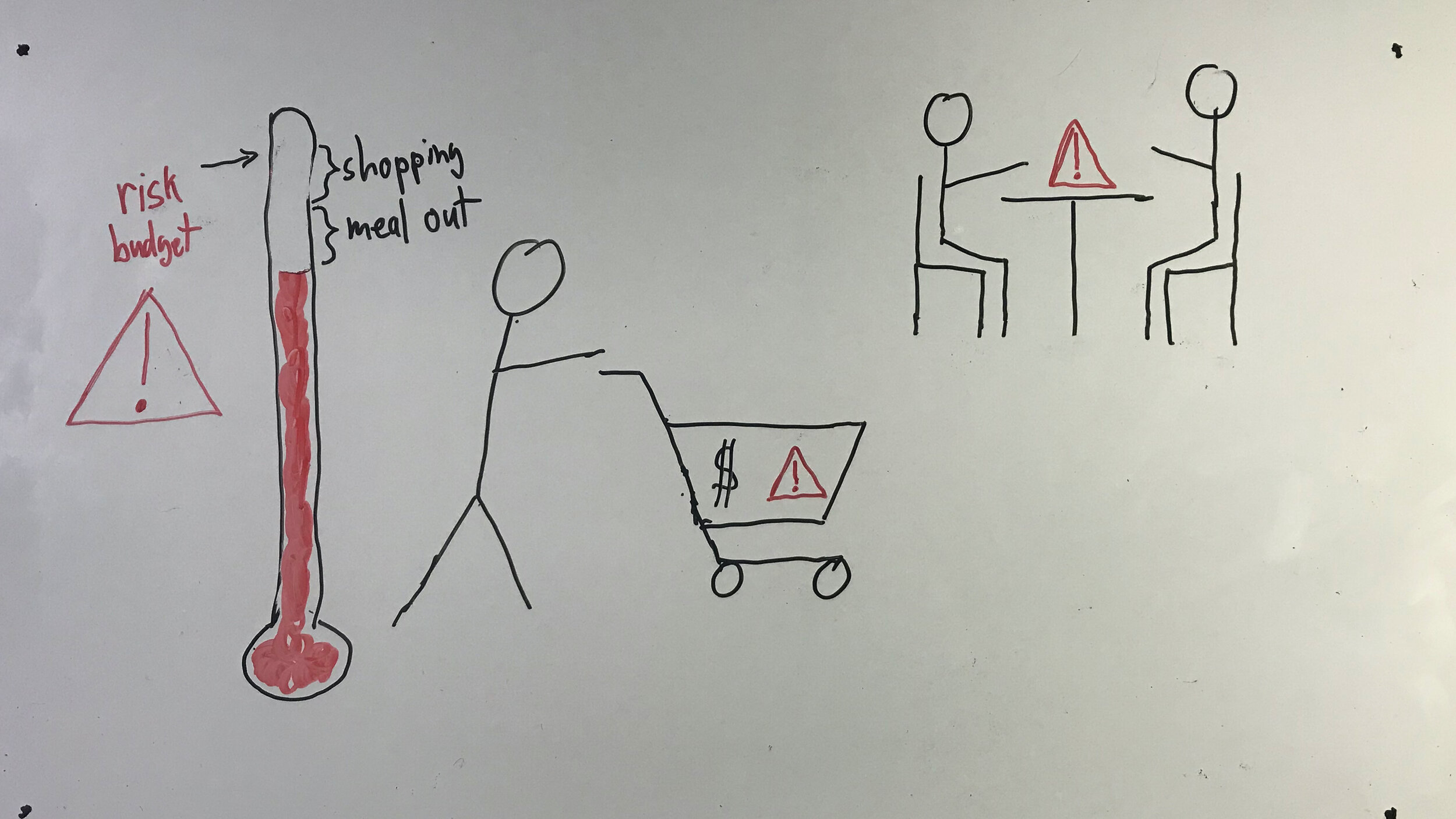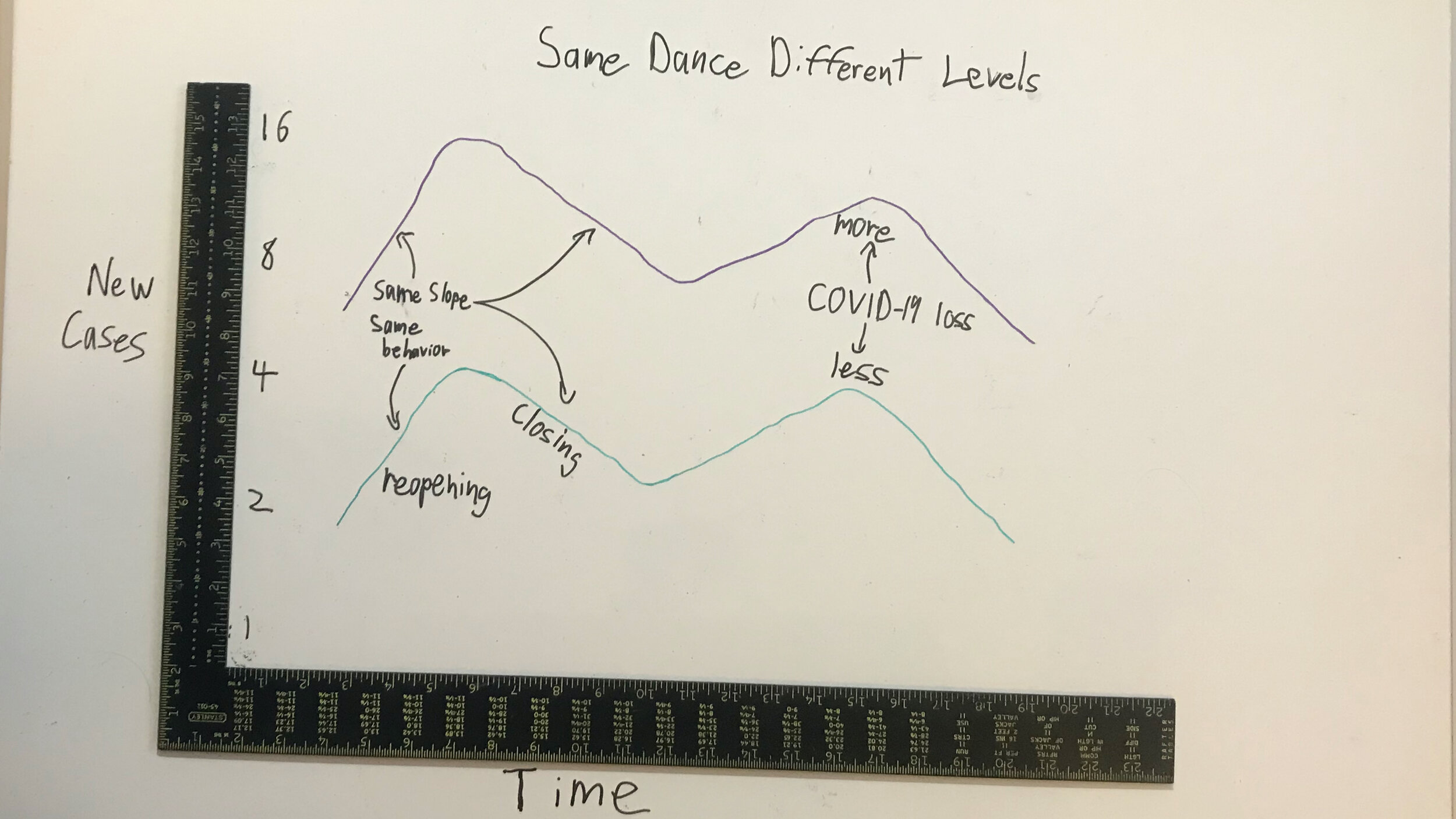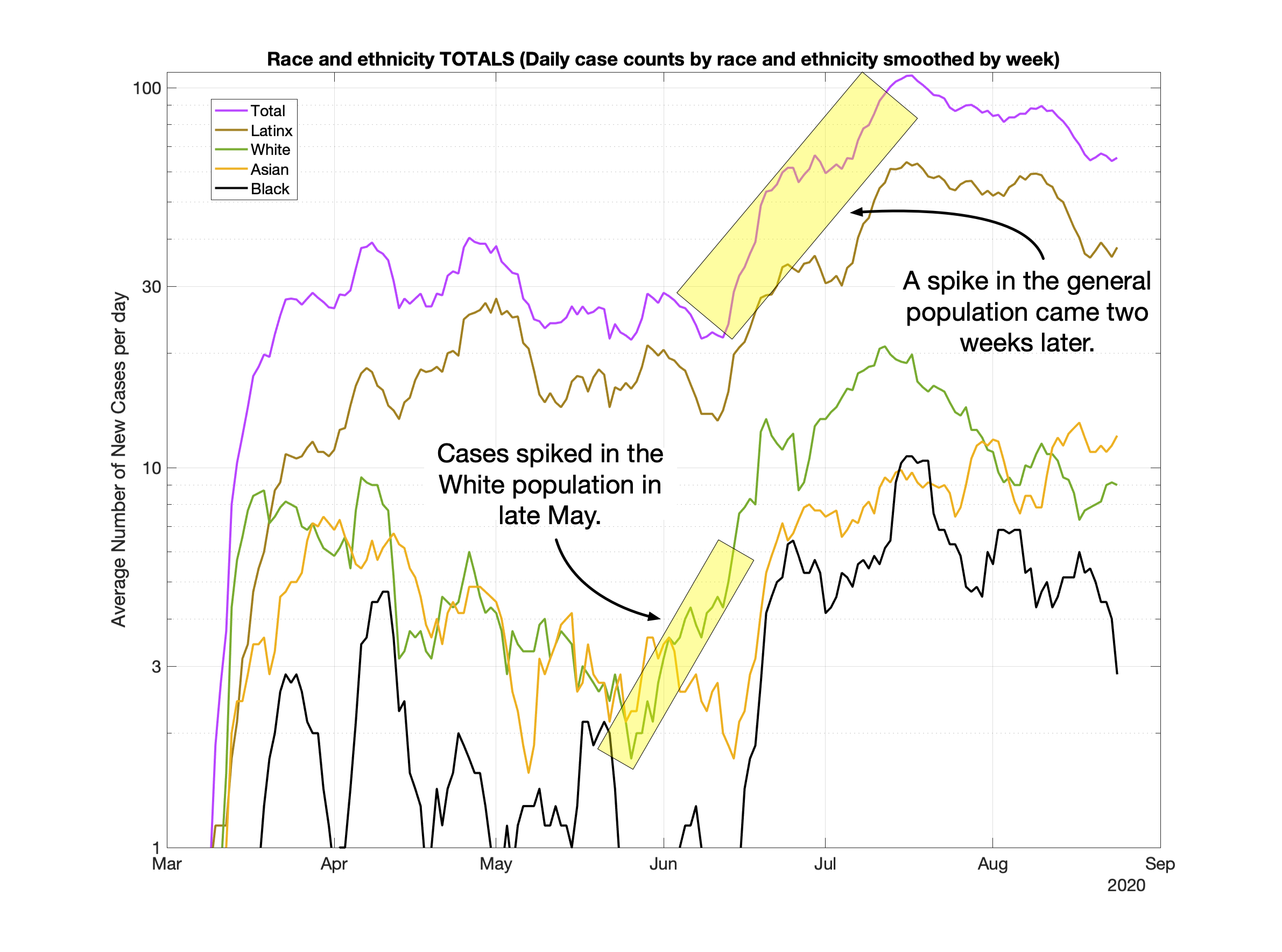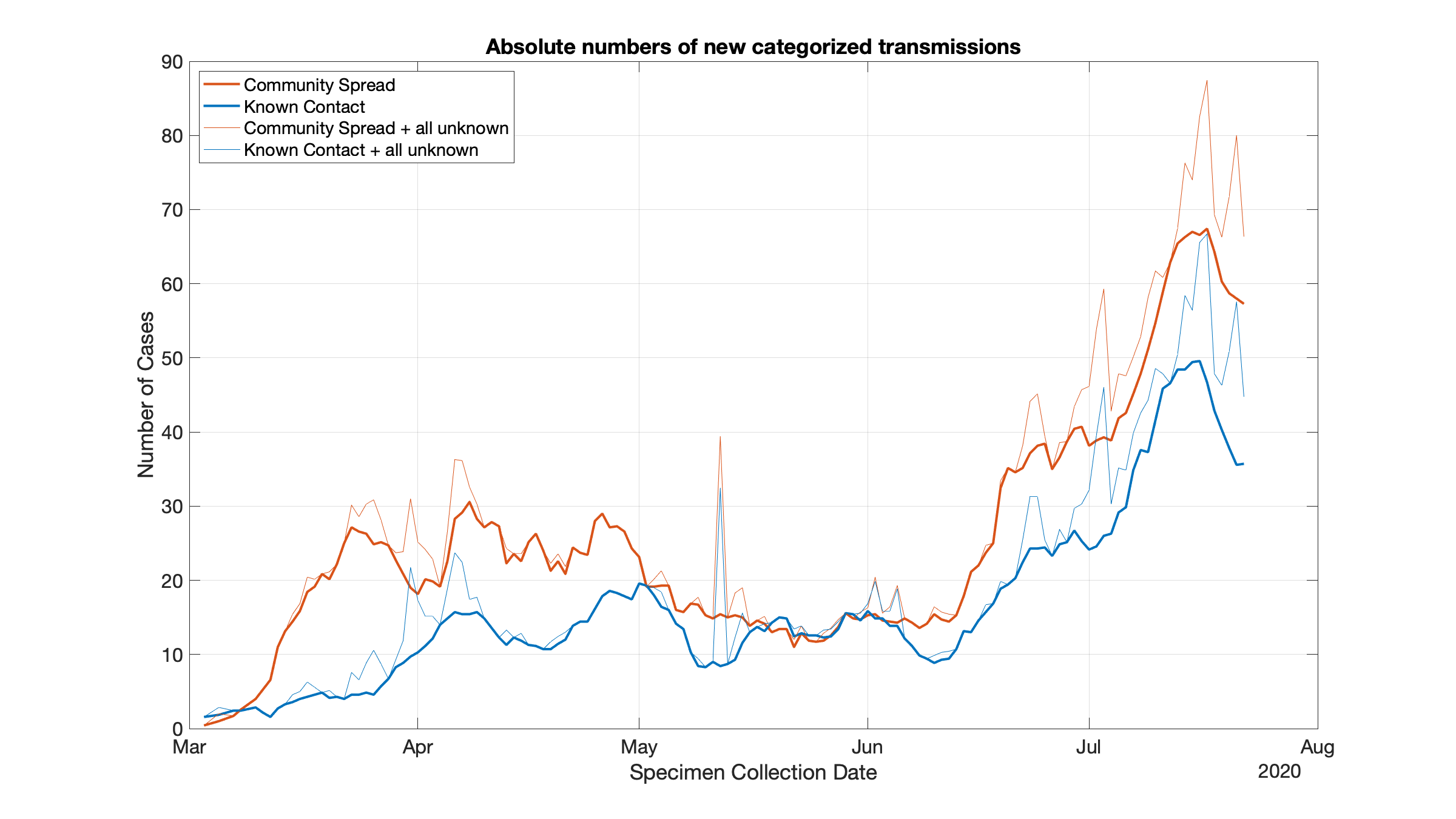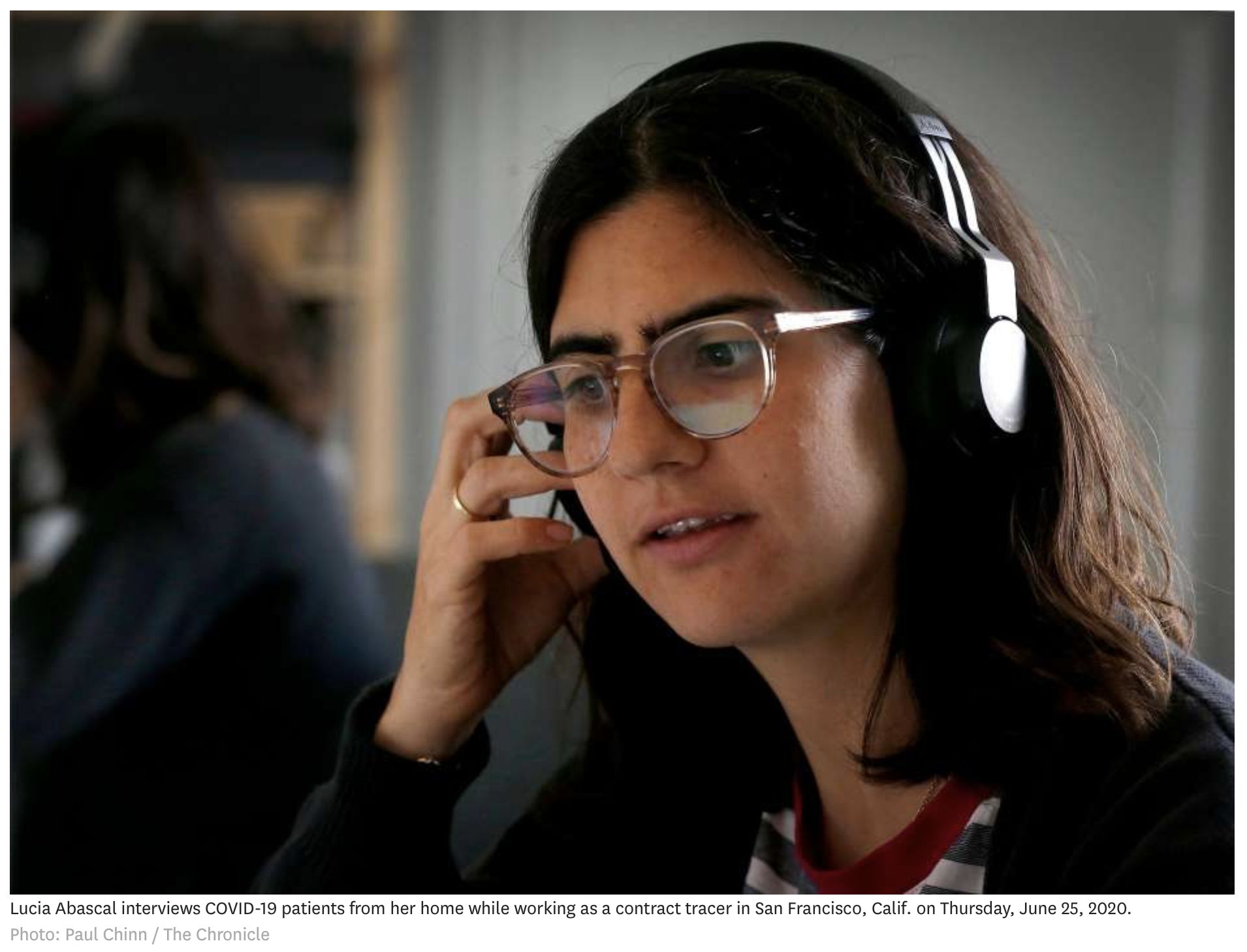What we are reading, watching and paying attention to.
These are the sources that we’re looking to to help us understand what is going on in these crazy times.. We will try to put the most Interesting and recent at the top of this page.
New York Times- Beating back the virus: Lest you have any illusions about how hard fighting a pandemic is this article talks about the challenges that South Korea, Japan, Singapore, and Hong Kong are all having.
The Atlantic- K overlooked variable driving pandemic COVID-19 seems to be driven by super spreading events. This article is a good read about why that characteristic means that we should be doing contact tracing backwards as well as forwards. If you are a true data geek, the following link is the original paper that seems to have precipitated the article. https://www.medrxiv.org/content/10.1101/2020.08.01.20166595v1
CovidActNow.org- Covid spread US analysis There’s a lot of interesting visualization in here about COVID-19’s spread and how interventions have worked and not. I have a few quibbles with the way some of it is presented, but for the most part its really solid and interesting.
Mission Local- Mantra follow the data and science to crush covid-19 falls short for latinx and southeast san francisco Some of my data analysis made its way into this article describing the need to deploy testing more effectively and follow up with supported quarantine and isolation.
New York Times- Coronavirus Precautions and
The Atlantic- Pandemic over end how will we know These are two good articles talking about how the pandemic “ends.” With a whimper and not a bang.
Medium- Elemental- A Supercomputer's Covid-19 Analysis Yields a New Way to Understand the Virus: In a way this article (although its very preliminary) makes me more hopeful than I’ve been in a while. It discusses a hypothesis about the mechanisms behind COVID-19’s spread within the body and attack of the body. If it holds true it seems to tie many different weird aspects of this disease together. It also provides a number of suggestions for treatments that can be tested.
Tim Harford Cautionary Tales Podcast- That turn to Pascagoula: Cautionary Tales has been an amazing podcast series and this “second” season focused on the pandemic has been a great introspective followup to his first season. This is the next to last episode and its definitely eye opening, suggesting that this pandemic might be not the worst thing to happen to us but instead a warning for a future pandemic which could be worse.
Mission Local- Locals who know Sunnydale's housing projects well flattened a covid-19 outbreak: This is how community engagement, testing, and contact tracing should be done.
NPR Planet Money- Mask Communication: Excellent Podcast talking about the approaches that are most successful to change people’s behavior. Draws parallels between drunk driving campaigns and what is needed to get mask wearing to catch on.
San Francisco Chronicle- We're missing huge amounts of data. Why?: I am currently in the process of writing up a post about an excavation of San Francisco’s data and this article comes out which is great. I’ll try to pull out some quotes and highlight some of the analysis once I’ve gotten the posts up that I’m working on.
NPR- Data analysis covid-19 is filling up hospitals in small cities: The overwhelming of small hospital systems is something that I’ve worried about for a while now. This is why the main tool on the tool page compares counties case rate normalized by population. (Normalization means that the same number of cases in a county with a small population will appear larger on the tool because this small number of cases is significant.)
Some Articles about virus transmission that group together well
San Francisco Chronicle- Humans are notoriously bad at assessing their risk. In a pandemic, that’s a problem.: This is a really good article that talks about humans blind spots when assessing risk and how to use that knowledge to help you in this pandemic. One of the best bits of advice is assess need before risk (read the article to learn more).
San Francisco Chronicle- They defied health rules for a storybook San Francisco wedding. The virus didn’t spare them.: People think one little (or in this case not so little) thing won’t hurt, but new virus cases are coming from somewhere.
New York Times- ‘You Do the Right Things, and Still You Get It.': Even more tragic then the SF wedding is people putting others who have no choice in danger.
Masks and Masking
New York Times- How to actually talk to anti-maskers: Wide ranging article dealing with the psychology of where we’re at with masks and how it relates to AIDS and Ebola public health behavior. Behavior change doesn’t happen over night. It didn’t for me and don’t expect it of others.
YouTube- It's OK to be smart- How well do masks work?: A great video that explains why masks work to stop the spread of COVID. It offers a lot of information that goes beyond the obvious.
Minute Physics YouTube- Physics of N95 masks: A wonderful video showing how amazing the technology is behind the masks that many of us are wearing these days. That they are so effective and so cheap is very cool. This specifically centers around medical masks and not cloth masks. This is more for the geeks out there than those wanting practical advice.
The Atlantic- Why covid death rate down: This article succinctly explains and ties together a couple of explanations for the shift between the COVID death rate and the case numbers. There are some really good explanations including some factors that even I hadn’t begun to consider as possibilities. The case and death curves are behaving differently than they did back in March and it is important for both sides of the political spectrum to look at this newest data with a clear eye.
New York Times- The Daily Podcast Coronavirus data: We rely on the NYT data set to provide a lot of the tools that we do provide. The fact that we’re getting this data from a private company and not the government is ridiculous. This is a conversation with one of the people behind that effort and how they are working to extract more data from a reluctant administration. Be sure to click through to some of the articles based on the expanded dataset below the podcast.
New York Times- Coronavirus Arizona Hospitals: A memo from a health care worker talking about how overwhelmed they are.
UCSF- COVID-19: What Now? What’s Next?: A one hour video of a web event with four UCSF researchers. Great insight on both the epidemiological, clinical, and social aspects of this disease. Diane Havlir was one of the researchers conducting the Mission study.
New York Times- Coronavirus Arizona stay at home Mark Lamb: Just ironic and sad that this sheriff isn’t rethinking his actions.
The Atlantic- COVID resurgence governors: An article about how governors are reacting differently to the crisis and hamstringing local municipalities in the process.
New York Times- Women leaders coronavirus: and for this link I’m going to connect this with a Moment in a Black Lives Matter article on NPR- 15% pledge. (The moment in the NPR story comes towards the end, so listen to the whole story.) The thing that both stories have in common is that women in positions of power are more responsive to necessary shifts that need to happen in government and / or company. Go make your government and your workplace more diverse you’ll be thankful for it.
Montreal Gazette- Coronavirus infects nine of 11 students in trois rivieres classroom: This story was eyeopening for me and worrisome as I think about the fall. I haven’t checked Montreal’s case numbers yet so I haven’t put this cluster into the broader scope of Montreal and Canada’s epidemic.
NPR- How the widespread use of masks could slow the coronavirus pandemic: This story caused me to rethink my own mask use as it discusses the effectiveness of various types of masks. For myself a mask is most effective if worn. For it to be worn it needs to be comfortable and after this story I am considering much more extensive use of surgical masks.
Mission Local- Isolating with covid-19 traumatizes even the asymptomatic: Great article about the human impact and how hard it is for even people who are doing the right thing to do the right thing.
New York Times- Las Vegas coronavirus casinos: This article talks about the subtlety of doing something as simple as assigning a location to a case. The US assigns cases to where people live not where they contracted COVID-19 or even where they are hospitalized. If people get sick in Las Vegas those cases are assigned to where those individuals live which means that a Las Vegas outbreak won’t be obvious.
New York Times- When epidemiologists will do everyday things coronavirus: Article that gives you a sense of what epidemiologists are thinking. What’s especially valuable is that it gives you the range of their thoughts.
Bloomberg- Sweden won't abandon COVID strategy despite admitting to errors: Swede’s confidence in their country’s own COVID strategy has dropped sharply as neighboring countries which have had much lower rates of death are opening up. Other countries are also limiting travel from Sweden.
Fivethirtyeight- Covid forecasts: Shows all the different forecasts for deaths of many different models. It allows you to look back at past predictions which is very cool. One takes away for me was that many models do not account for the reopening and greater contact happening between people.
Salt Lake Tribune- How the coronavirus spreads in those everyday places we visit: Excellent summary of may contact tracing super-spreading events that can drive the increase of COVID-19.
The Atlantic- Patchwork pandemic states reopening inequalities: The entire US shutdown more or less all at once but COVID-19 is hitting different localities in very different ways. I’ve been wondering about what this will do to our connection as a nation.
Medium Barry Smyth- European Lockdown Fatigue: Really excellent analysis of what’s going on in Europe by Barry Symth. It combines mobility data with death rates for some great insights. I wish there was a similar analysis going on here in the US. If you know of one, let me know.
Personal Risk
New York Times- When epidemiologists will do everyday things coronavirus: Article that gives you a sense of what epidemiologists are thinking. What’s especially valuable is that it gives you the range of their thoughts.
The Atlantic- Restaurants stores reopen dos and don'ts: Good article about personal risks.
NPR- From camping to dining out here's how experts rate the risks of 14 summer activities.: Very accessible article from NPR assessing the riskiness of various activities you might want to do over the summer.
NY Times- Coronavirus missing deaths: Really important article about excess deaths in NY Times. They also have state data on excess deaths which I’ll try to find a link to.
Sweden
Bloomberg- Sweden won't abandon COVID strategy despite admitting to errors: Swede’s confidence in their country’s own COVID strategy has dropped sharply as neighboring countries which have had much lower rates of death are opening up. Other countries are also limiting travel from Sweden.
Early Herd Immunity against Covid-19 a Dangerous Misconception: Very short article from John’s Hopkins’ experts saying why trying to build early heard immunity a la Sweden is really bad.
Sweden health agency withdraws controversial coronavirus report: Withdrawal of report indicating that Sweden would hit early herd immunity. I don’t have updates yet on this.
Covid-19 Sweden hasn't cracked the coronavirus code: Article from Bloomberg on Sweden
Physics based article about transmission risk: This is a physics geeky article about transmission risk. It is from a little while ago but has good ideas.
The numbers behind social distancing: Geeky math about why social distancing works and how to mathematically judge its effectiveness.
UCSF Contact Training: Very quick read about how UCSF is retraining a bunch of SF workers in contact tracing.
